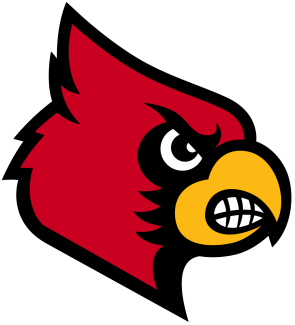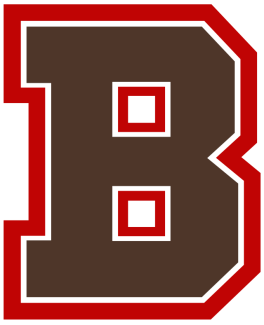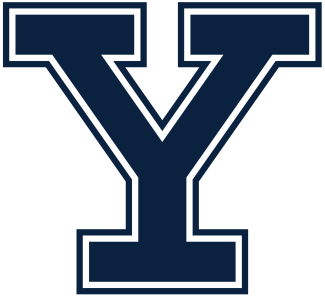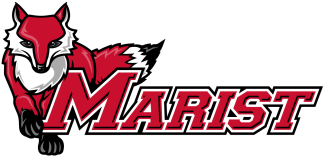“I haven’t been shy about saying our goal is to build a top-10 program,” Gilardi said. “I’m in it for the long haul. It starts how we treat and coach our players, and how you recruit the right people. There are unbelievable facilities, unbelievable university academics and there’s been success with the women’s program, with the football team, with the basketball teams. The blueprint is there. It’s not like saying ‘We can’t do it at this place.’ Stony Brook wants to be good athletically.”
The blueprint could very well look like the one at Towson, which shares some traits with Stony Brook. Both are public universities in talent-rich areas. The Tigers weren’t an annual NCAA tournament contender when Nadelen took over in 2012, and have now reached the postseason in five of the last seven years.
Much of it stemmed from a discipline that mirrored Nadelen’s personality. But the Tigers also carved out a consistent on-field identity that helped spur a trip to the NCAA semifinals in 2017.
Expect something similar when the Seawolves meet for the first day of fall practice. Gilardi has little interest in dwelling on the past, simply because the demands on his players won’t be the same.
“We’re going to ask them to do different things than they were doing, so it’s tough to evaluate them based on what they were doing before,” Gilardi said. “They key for us is to attack it on Day One in the fall. It’s about how they handle what we’re asking of them to do culturally, living the right way, working the right way. As a coach, what you want to do is make sure you’re treating these guys the right way.”
Even if the Seawolves’ approach will change, he inherits a relatively experienced team. Stony Brook graduated just 18.67 percent of its games started from a season ago, the 18th fewest in Division I. Seniors accounted for a mere 8.3 percent of the team’s points in the spring, less than only 10 other D-I teams.
The Seawolves bring back their top two scorers in seniors Tom Haun (34 goals, 12 assists) and Chris Pickel Jr. (23 goals), and they should benefit from the tutelage of a coach who oversaw a methodical offense in the Baltimore suburbs that found a way to plug-and-play despite graduation losses more often than not.
“You can see some of his finer products with Ryan Drenner and Brendan Sunday and other guys who aren’t the MLL/PLL type of players but went from scout team players to first line midfielders or starting attackmen over the course of four years,” Nadelen said. “That’s obviously a credit to the young men and their work ethic, but also a credit to Anthony and how he continued to build them up.”
Throughout his time as an assistant — at Denison, Ohio State, Navy and then Towson — Gilardi kept notes on how to get ready to run his own program. He picked the minds of fellow coaches. He kept an eye on other sports, doing things like catching a glance at how football coaches presented their programs at SEC and Big Ten media days.
And since his hire at Stony Brook, he’s talked to players, alums and support staff to better understand every aspect of the program to come up with a judicious plan rather than rush into decisions.
“You only get one chance to be a first-time head coach,” Gilardi said. “I want to put myself in position to be successful.”
And successful, no less, in a geographic area he never expected his career to take him.
“Stony Brook is going to be a mainstay in the conversation,” Nadelen said. “He’s got the ability and I know he has the energy and excitement and he’s going to build that program up. There’s no doubt. He denied it for a long time, but it was an opportunity that made perfect sense and it’s a great fit.


























































